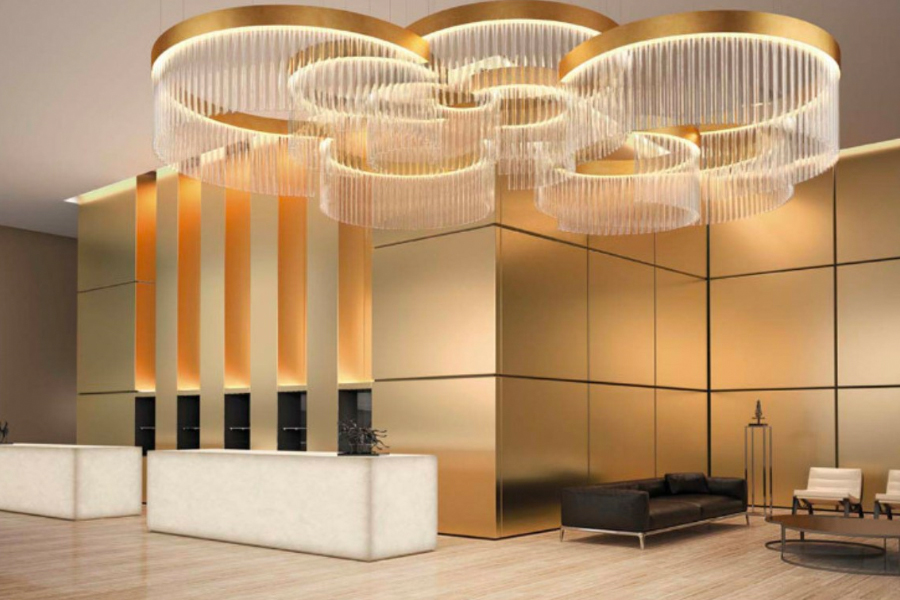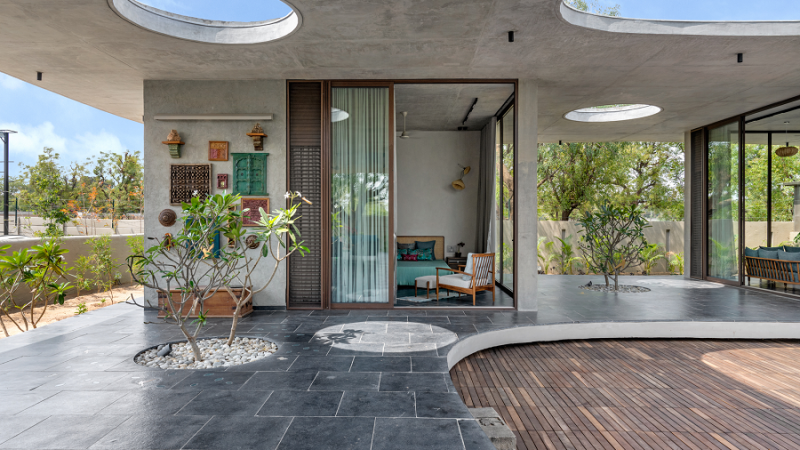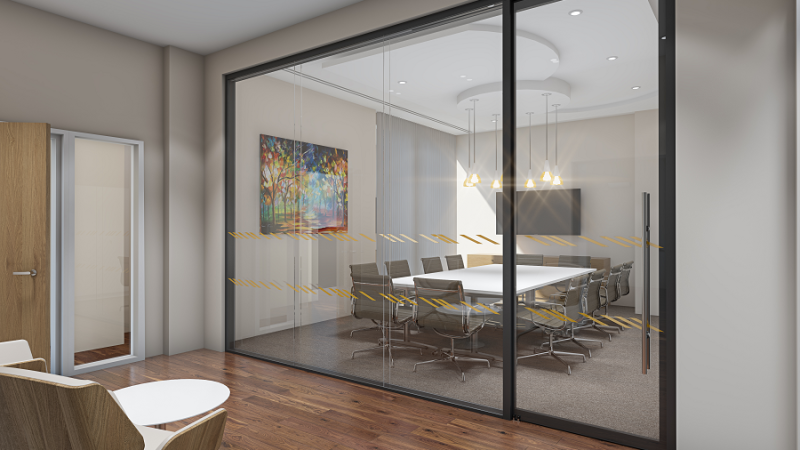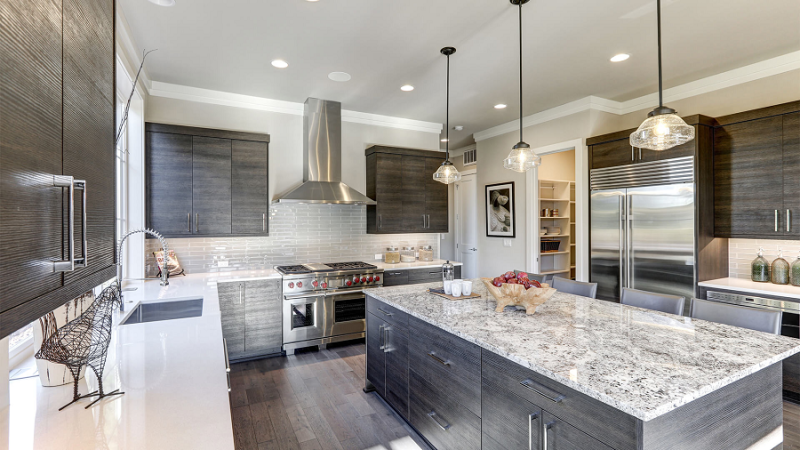Incorporating Natural Light into Hotel Design: Benefits and Best Practices

Natural light has a profound impact on the overall ambiance and guest experience in hotels. It not only creates a sense of warmth and openness but also offers numerous benefits for both the guests and the hotel itself.
In this blog post, we will explore the advantages of incorporating natural light into hotel design and provide best practices for achieving a well-lit and inviting space that delights guests at every turn.
Benefits of Natural Light in Hotels:
1. Enhances Mood and Well-being:
Exposure to natural light has been scientifically proven to have positive effects on mood and overall well-being. Sunlight stimulates the release of serotonin, a hormone that promotes feelings of happiness and relaxation. By incorporating natural light into hotel design, you can create a welcoming and uplifting atmosphere that leaves guests feeling refreshed and rejuvenated during their stay.
2. Provides Visual Comfort:
Natural light is easier on the eyes compared to artificial lighting sources. It reduces eye strain, improves visual acuity, and enhances color perception. By allowing ample natural light to enter hotel spaces, you provide guests with visual comfort and enhance their overall experience.
3. Energy Efficiency and Sustainability:
By harnessing natural light, hotels can reduce their reliance on artificial lighting during daylight hours, resulting in significant energy savings. This not only reduces utility costs but also contributes to the hotel’s sustainability efforts, making it an environmentally responsible choice.
4. Highlights Architectural Features:
Natural light has the remarkable ability to highlight the architectural elements and unique design features of a hotel. It accentuates textures, shapes, and colors, adding depth and visual interest to the space. Guests can appreciate the thoughtful design elements and craftsmanship that contribute to the hotel’s overall aesthetic appeal.
5. Connection with the Outdoors:
Natural light brings a connection to the outdoors, creating a sense of harmony and tranquility. It allows guests to appreciate the surrounding environment, whether it’s a beautiful landscape, urban skyline, or breathtaking views. This connection with nature fosters a calming and immersive experience for guests during their stay.
Best Practices for Incorporating Natural Light:
1. Assess Building Orientation:
Take into consideration the building’s orientation and the path of the sun throughout the day. Design public spaces, such as lobbies or restaurants, with large windows or glass walls facing the east or west to maximize natural light exposure during the morning or evening hours.
2. Utilize Skylights and Roof Windows:
Skylights and roof windows are excellent ways to bring natural light into hotel interiors, especially in areas where traditional windows might not be feasible. Install skylights strategically in corridors, atriums, or central gathering spaces to allow light to filter through multiple levels, creating an airy and inviting atmosphere.
3. Optimize Window Placement and Size:
When designing guest rooms, pay attention to window placement and size. Aim to provide ample natural light without compromising privacy. Strategically position windows to capture the best views and ensure they are large enough to allow sufficient light penetration. Use curtains or blinds that can be easily adjusted to control the amount of daylight entering the room.
4. Consider Light-Transmitting Materials:
Incorporate light-transmitting materials in the hotel design to maximize the distribution of natural light. Utilize glass walls, partitions, or light-diffusing materials that allow light to flow freely throughout the space while maintaining privacy and visual interest.
5. Reflective Surfaces and Light Colors:
Incorporate reflective surfaces and light-colored finishes in hotel interiors to enhance the distribution of natural light. Mirrors, glossy surfaces, and light-colored walls can help bounce and amplify sunlight, creating a brighter and more spacious feel.
6. Balance Natural and Artificial Lighting:
While natural light is desirable, it’s essential to strike a balance with artificial lighting for evenings or areas with limited natural light. Install adjustable ceiling lights for hotels, floor lamps, and wall sconces strategically to supplement natural light and create a warm and inviting atmosphere when daylight is not available.
Incorporating natural light into hotel design offers a multitude of benefits, from enhancing guest well-being and comfort to reducing energy consumption and highlighting architectural features. By following best practices such as assessing building orientation, utilizing skylights, optimizing window placement, and considering light-transmitting materials, you can create a visually stunning and sustainable space that delights guests and sets your hotel apart.
Remember to explore a wide range of lighting options, including ceiling lights for hotels, floor lamps for hotels, and wall sconces, to achieve the perfect balance of natural and artificial lighting throughout your hotel’s various spaces. Let natural light be the guiding force that shapes the ambiance and leaves a lasting impression on your guests’ experience.







